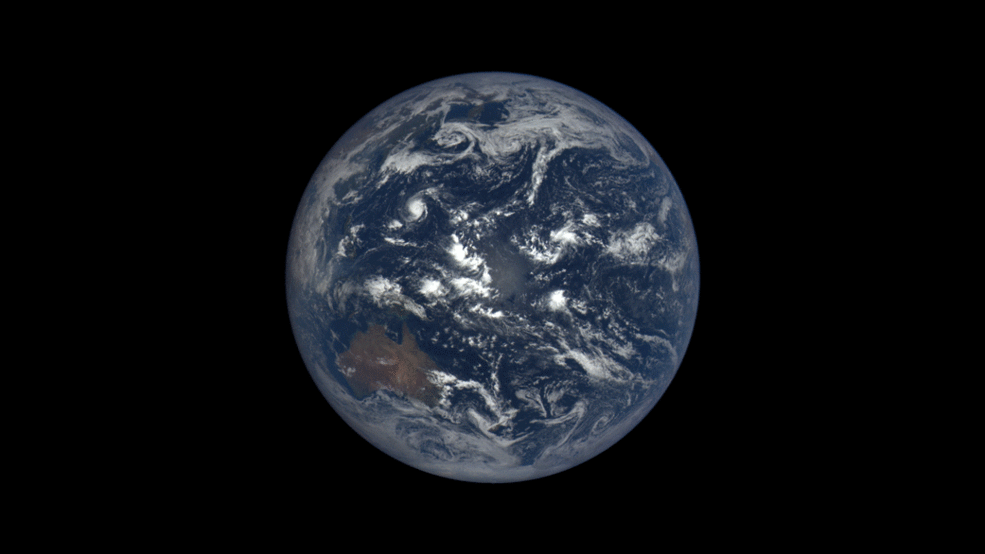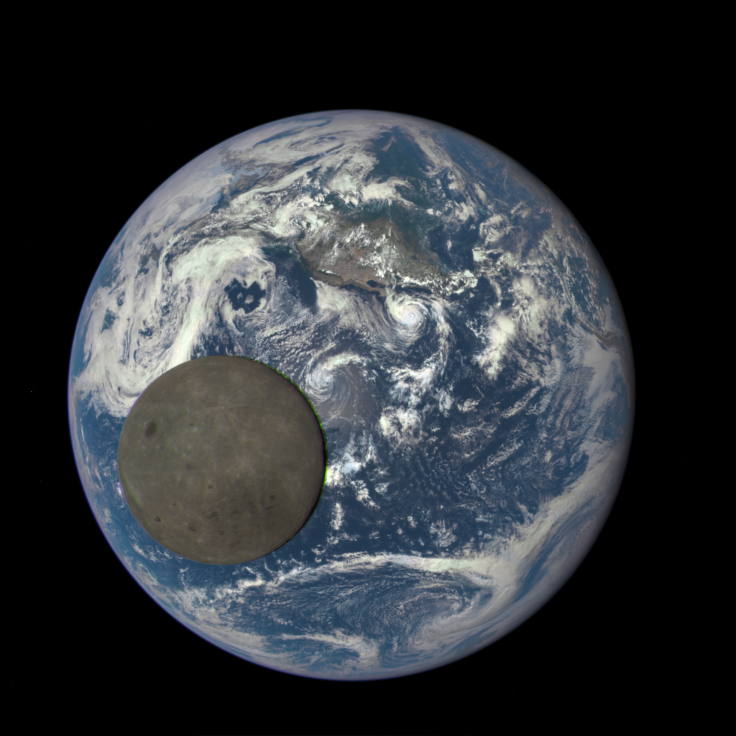Nasa launches EPIC website showing images of Earth from DSCOVR satellite

Nasa has launched a new website on which it will post images of the sunny side of Earth every day from one million miles away using the Deep Space Climate Observatory (Dscovr) satellite. The Epic (Earth Polychromatic Imaging Camera) website will include about a dozen new colour images of Earth each day taken between 12 and 36 hours earlier.
The sequence of photos show Earth rotating, providing a view of the planet as it revolves over the course of the day. These images are created by combining three individual single-colour images that are combined to produce a picture with a quality similar to that from a 12 megapixel camera.
"The effective resolution of the Dscovr EPIC camera is somewhere between 6.2 and 9.4miles (10 and 15km)," said Adam Szabo, Dscovr project scientist at Nasa's Goddard Space Flight Centre. As well as the images, the new website also has an archive of previous Epic images that people can search by date and continent.

Dscovr is a partnership between Nasa, the National Oceanic and Atmospheric Administration (Noaa) and the US Air Force. Its main objective is to "maintain the nation's real-time solar wind monitoring capabilities". This is essential for accurate space weather alerts and forecasts. Images from Epic help scientists study global variations of vegetation, aerosols, cloud height, reflectivity and ozone.
The launch of the website follows the release of an image from Dscovr showing the dark side of the Moon as it moves in front of the sunlit side of Earth. Of the image, Szabo said: "It is surprising how much brighter Earth is than the Moon. Our planet is a truly brilliant object in dark space compared to the lunar surface."
© Copyright IBTimes 2025. All rights reserved.






















